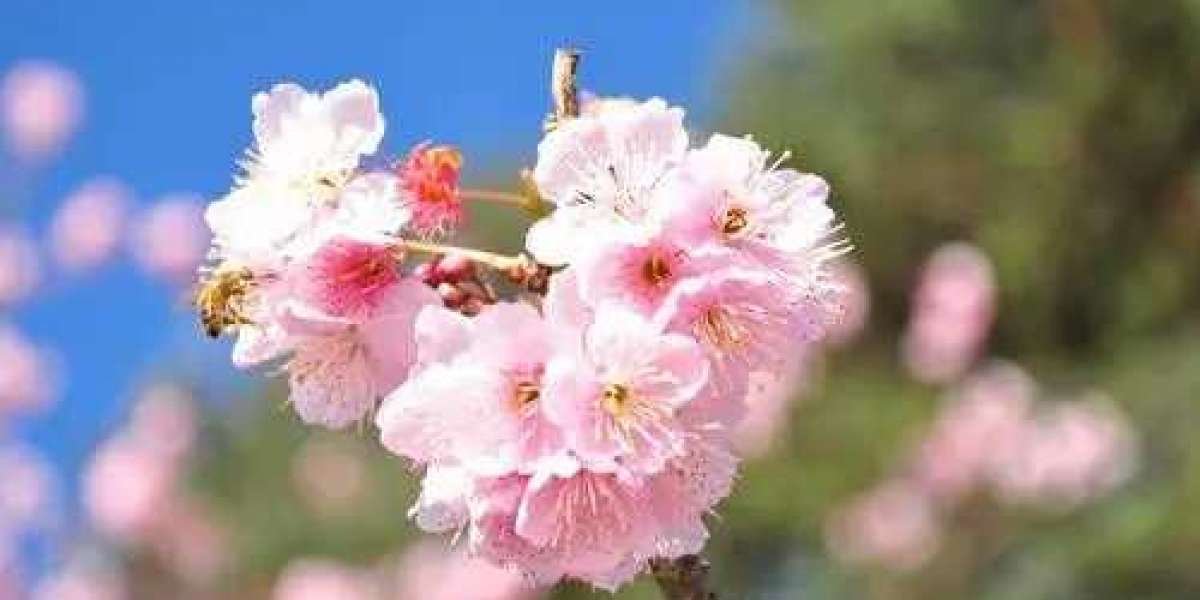NATURAL FERTILIZER- A FEW THINGS YOU SHOULD KNOW
Organic fertilizers are soil nutrient supplements that are minimally processed and whose nutrients remain in their natural forms. This is quite unlike chemical fertilizer, whose nutrients are extracted and refined.
This type of fertilizer is made from animal and plant waste, and powdered minerals. Manure, compost, bone meal, and cottonseed meal are good examples. These natural lawn care options can be processed in a factory, or, in the case of manure and compost, on a farm.
Here are five reasons why you should consider using natural options to take care of your lawn.
They Improve the Soil Structure: Natural fertilizer is incredibly essential to the soil. Over time, as it breaks down and decomposes, it improves the soil structure and its ability to retain nutrients. This improves the quality of the soil, making it ideal for the cultivation of strong, healthy plants. You’re trying to accomplish a lush, green backyard? Organic lawn care services should get you there.
They are Safe for Your Plants: Natural fertilizer slowly releases nutrients into the soil. Due to its slow-release property, it’s almost impossible to overwhelm and poison your plants with manure. This is a significant advantage over chemical fertilizers, with which it is possible to over-fertilize and harm your plants.
Natural Fertilizer is Environmentally Sustainable: Chemical fertilizers are soluble in water. Because of this, excess, unused fertilizer is washed away by rain, eventually entering groundwater and polluting lakes and streams. Organic fertilizer, on the other hand, doesn’t pose such risks. It is renewable and biodegradable, making it environmentally sustainable. Because it is natural, there are no risks of toxic salt and chemical buildups, which could endanger the plants on your lawn. In addition, it improves the soil’s moisture-retaining properties. This reduces the likelihood of bleaching.
Natural fertilizer ensures that your plants get the nutrients they need. At the same time, it helps improve the quality of the soil by enhancing its moisture and nutrient-retaining properties. Nearly 90% of real estate agents encourage homeowners to invest in their landscaping before they place their house on the market. This is the surest way of getting the most out of the deal.
About Pesticides and Herbicides
Pyrethrum, also known as Dalmatian (or, inaccurately, Persian) insect powder, represents the dried flowers of the daisylike herbaceous perennial Tanacetum (Chrysanthemum) cinerariaefolium (Compositae) growing naturally along the east coast of the Adriatic Sea. It is the source of the economically most important botanical insecticides. Pyrethrum is one of the oldest natural insecticides in use in the world today, and it has one of the best safety records of all insecticides. It is a mixture of several esters, called pyrethrins, which are extracted from flowers belonging to the genus Chrysanthemum. Natural pyrethrins are unstable to light and are therefore unsuitable for residual application, particularly in agriculture. This led to the development of several classes of related synthetic compounds which have a higher stability to light and a high insecticidal activity. They are known as pyrethroids. In general, pyrethroids can be toxicologically divided into two classes on the basis of signs of toxicity: those causing mainly tremor and prostration (T syndrome) and those causing choreoathetosis and salivation (CS syndrome). For both groups, the main biological activity is mediated through the effect on sodium channels along the axon membrane of the nerves, in both insects and mammals. The effect on the sodium-exchange disturbance is fully reversible, the duration of which is different for the two classes of pyrethroids: compounds belonging to the group causing the T syndrome produce a considerably shorter effect on the sodium ‘gate’ openings than those belonging to the CS group. Being highly lipophilic, pyrethroids readily pass through cell membranes and are absorbed into the body by all routes following exposure. However, the ratio of the toxic dose by the oral route to that of intravenous injection is very high; this is because of rapid detoxification, mainly by cleaving of the ester bond by esterases. Present-day evidence indicates that doses of a pyrethroid likely to be encountered both in the workplace and through food consumption would not lead to any serious untoward effects, although reversible transient effects on the skin may be recorded and may be used as a warning response of inadvertent exposure.
Spirulina: Are There Health Benefits?
Spirulina is a blue-green algae, and is believed to be one of the oldest life forms on Earth. First used by the Aztecs as an endurance-booster, spirulina is considered a superfood — an all-in-one source of nutrients including protein levels comparable to eggs. The Aztecs also used spirulina to treat various diseases, and legends say that the kingdom’s messengers used the algae to sustain their marathon runs. Modern research supports many of the alleged benefits of taking spirulina, and continues to study its potential for treating health concerns. Spirulina has a bitter taste, so people often mix it with yogurts, juices, and smoothies to improve its flavor. Spirulina is commonly available as a supplement at health food stores. Spirulina is a potent source of nutrients. It contains a powerful plant-based protein called phycocyanin. Research shows this may have antioxidant, pain-relief, anti-inflammatory, and brain-protective properties. This antioxidant and other nutrients in spirulina are linked with several health benefits:








